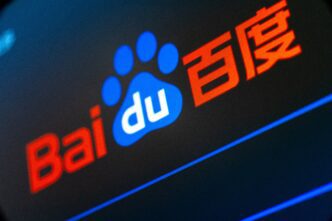Executive Summary
The Story So Far
Why This Matters
Who Thinks What?
Chinese artificial intelligence developer DeepSeek has revealed its reasoning-focused R1 model cost approximately $294,000 to train, a figure significantly lower than reported expenses for its U.S. counterparts. This rare cost estimate, disclosed in an updated peer-reviewed *Nature* article, is expected to intensify discussions regarding China’s standing in the global AI competition and could revive investor concerns about the dominance of established AI leaders.
DeepSeek’s Cost Disclosure
The Hangzhou-based company’s update marks the first public estimate of R1’s training costs. The *Nature* article specifies that the R1 model utilized 512 Nvidia H800 chips during its training phase. It also noted that A100 chips were employed in earlier preparatory stages of the development process.
This disclosure comes after a previous version of the *Nature* article, published in January, did not contain this specific training cost information. DeepSeek’s unveiling of its purportedly lower-cost AI systems earlier this year had already prompted global investors to divest from tech stocks, concerned about these models potentially challenging the market leadership of companies like Nvidia.
Market Impact and Company Profile
Since the initial release of its AI systems, DeepSeek and its founder, Liang Wenfeng, have largely maintained a low public profile. Their activities have primarily been limited to releasing occasional product updates, making this recent cost transparency a notable development.
The revelation of DeepSeek’s comparatively modest training expenditures for a sophisticated AI model like R1 underscores ongoing shifts in the global AI landscape. It potentially signals new efficiencies in AI development, further fueling the competitive dynamics between Chinese and Western technology firms in the race for artificial intelligence supremacy.








